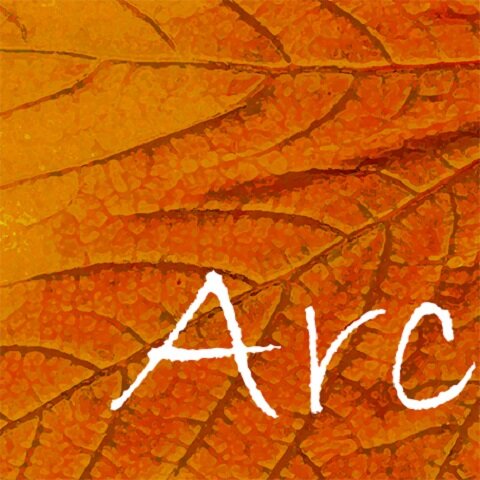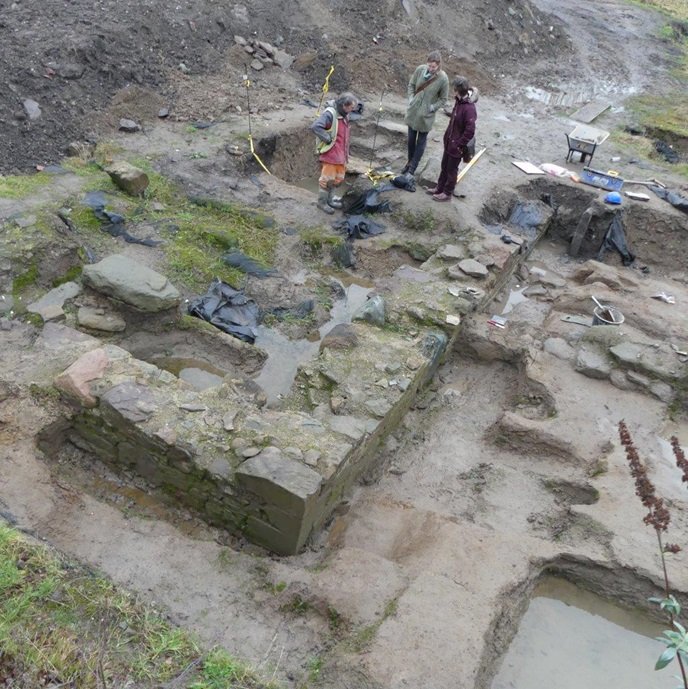Earthbound Orkney
Some of the most mysterious objects found in excavations of the first homes in Orkney are small balls of clay, about 5,000 years old. Who made them and why is unclear, but they connect us directly to the hands of our ancestors right at the time when they were building the oldest surviving houses in Europe.
What is clear is that a relationship to earth was key to this Neolithic material culture. Farming relied on knowledge of the fertility and drainage of earth, while pottery required an understanding of the physical chemistry of different clays, their plasticity and response to heat. But earth was also fundamental to Neolithic construction; mortar and cores in stone walls, plasters and pigments, bedding and sealants, and above all beautiful floors of beaten clay. It was a tradition of earth construction that lasted in Orkney until the late 19th Century.
The 20th century saw traditions of building with local natural materials replaced by concrete, plastic and other synthetic materials brought from elsewhere. Now, as the archipelago faces major disruption from climate change, we explored opportunities to reconnect relationships with the natural world through an exhibition, book, training workshops and public talks.
Funded by The National Lottery Heritage Fund, Historic Environment Scotland and the Society of Antiquaries of Scotland, the project was supported by Orkney Museum, University of Highlands & Islands, National Museums of Scotland, Orkney College, Ness of Brodgar Trust, Orkney Science Festival, Orkney Japan Association and delivered in partnership with Rebearth and EBUKI.
Elements of the exhibition can be see in A Fragile Correspondence exhibition at the V&A Dundee till March 2025.
Tailored repair mortars
Understanding decay
Identificaion & documentation
Understanding local materials
Effective Repairs





